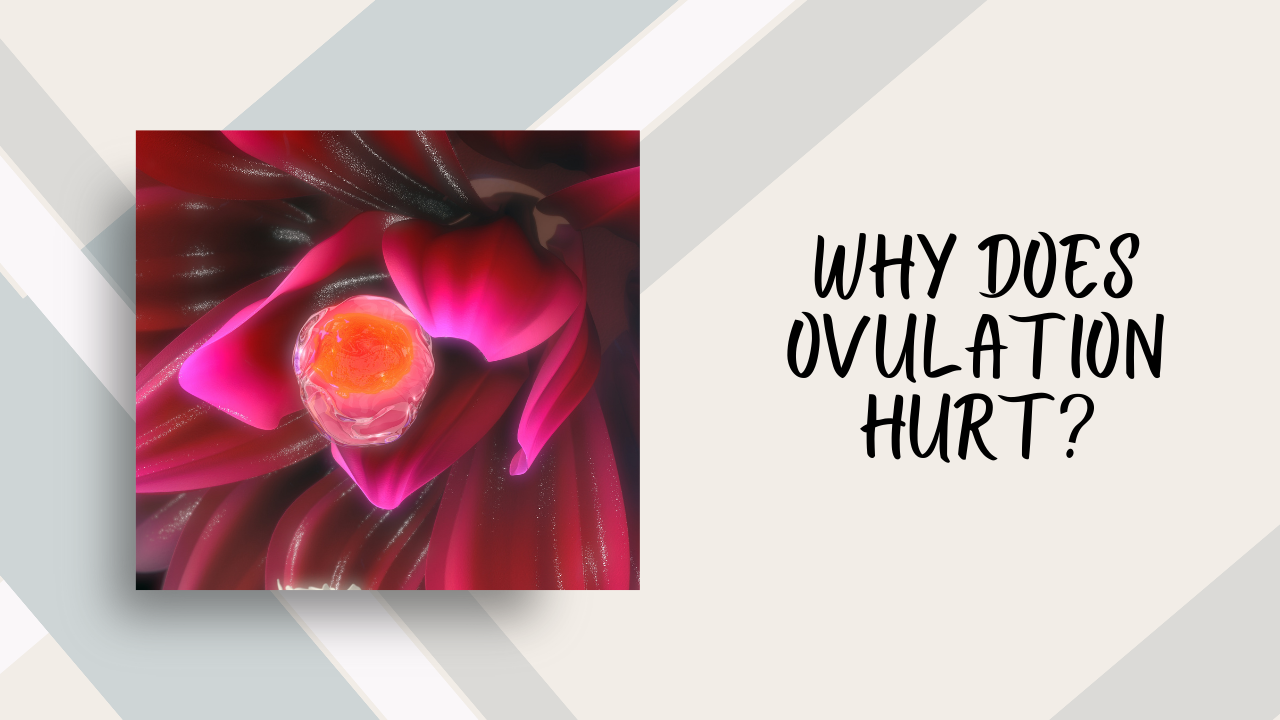Why Does Ovulation Hurt?
Apr 29, 2016
Happy Fertile Friday!! This week we have a guest post, written by Phil Druce, the founder of Ovulation Calculator. Ovulation Calculator is a site that provides tools and education to help couples conceive naturally. He writes today on “Why Does Ovulation Hurt?” He explains what Mittleshmerz is (mittle-what?!) and why it could be significant when trying to conceive.
If you are among the “lucky” few who experience Mittleshmerz, ovulation comes with some level of pain. About 20% of women experience cramping when they ovulate. And if you are trying to conceive, it may be a blessing in disguise. Since you can only get pregnant when you ovulate, many women go to great lengths to pinpoint the exact time that egg drops. But if you consistently experience cramping during ovulation, that is a nice indicator of when you ovulated.
Why Doesn’t Every Woman Experience Mittleshmertz?
Some research has been done on the subject, but experts are still unsure why some women experience cramping and others do not. Fortunately, there are some theories. One theory has to do with bruising. When the egg is released from the ovary, the ovarian wall is ruptured. This may cause some bruising and cramping. Another theory has to do with irritation. When your body releases an egg, it breaks free from its protective layer, which is called a follicle. Between the egg and the follicle is a cushion of blood and other fluids. Some believe that the fluids may be the cause of cramping. Others theorize that the cramping comes when the fallopian tubes contract.
How Will I Know the Pain is Associated with Ovulation?
It could be dangerous to assume that your cramping pain is Mittleshmerz simply because it occurs in the middle of your cycle. If it is ovulation pain, it will happen about two weeks before your next cycle (depending on your luteal phase) and only last for a short time (anywhere from a few hours to a few days). It will also correspond with other signs of ovulation, such as increased cervical mucus, cervical mucus changes and increased basal body temperature.
If you think you are ovulating but are unsure, look for changes in your cervical mucus. Just before ovulation, it will resemble egg whites. When you are not fertile, it will be dry and possibly non-existent. You may also check your cervix for signs of ovulation. If it is soft, high, open and wet, you are ovulating. In order to have something to compare it to, you must also check when you are not ovulating. If you’d like to track ovulation by using your basal body temperature, keep track of your morning temperature for the entire cycle. You will see an increase of 0.5 to 1.0 Fahrenheit about one day after you have ovulated.
What if My Cramping is After Ovulation?
If you experience cramping after ovulation and it is not from your menstrual period, it may be related to implantation, which would mean you are pregnant. If you experience intermittent cramping throughout your cycle, this is probably not related to ovulation or implantation. Talk to your doctor about potential causes. It may be a medical condition, such as endometriosis, which can sometimes interfere with your ability to conceive. So the sooner you bring this up with your doctor, the better.
So there we are – another potential indicator of ovulation, and let’s face it, for those trying to conceive, any information is good information, even if it’s not totally comfortable!! Many thanks to Phil for providing this information for us.

